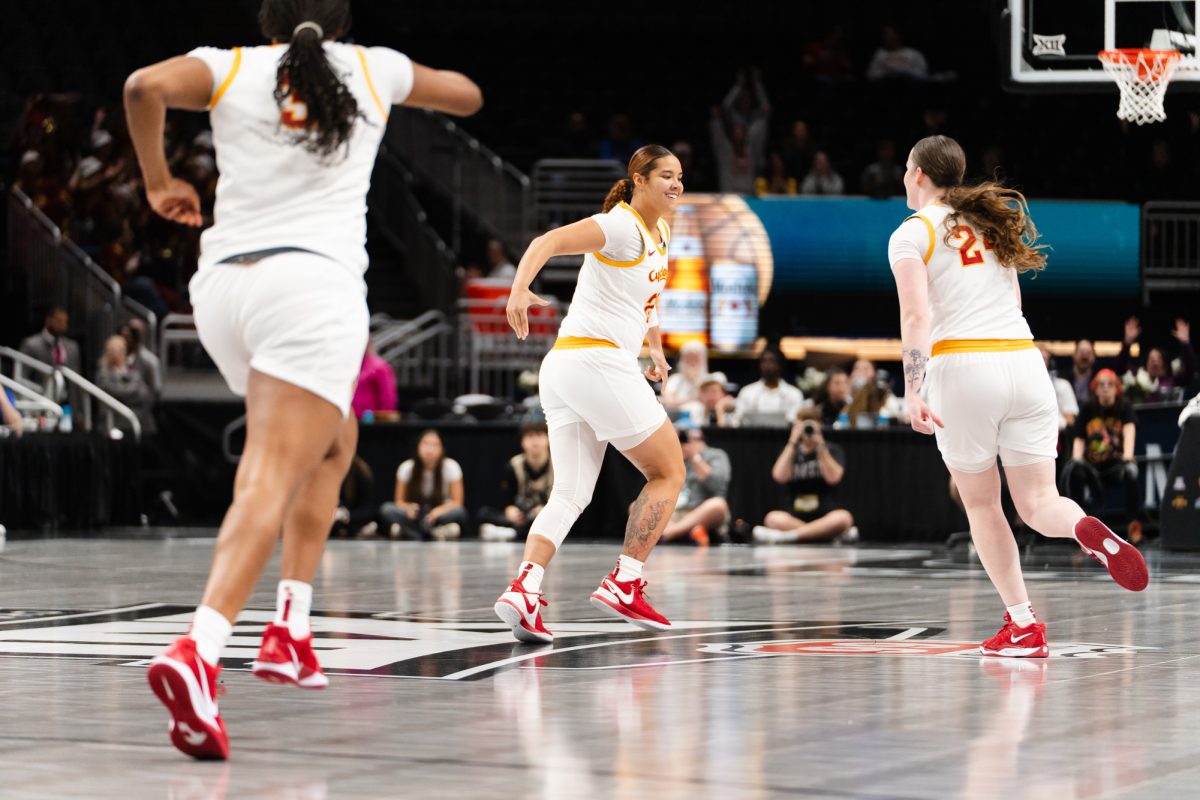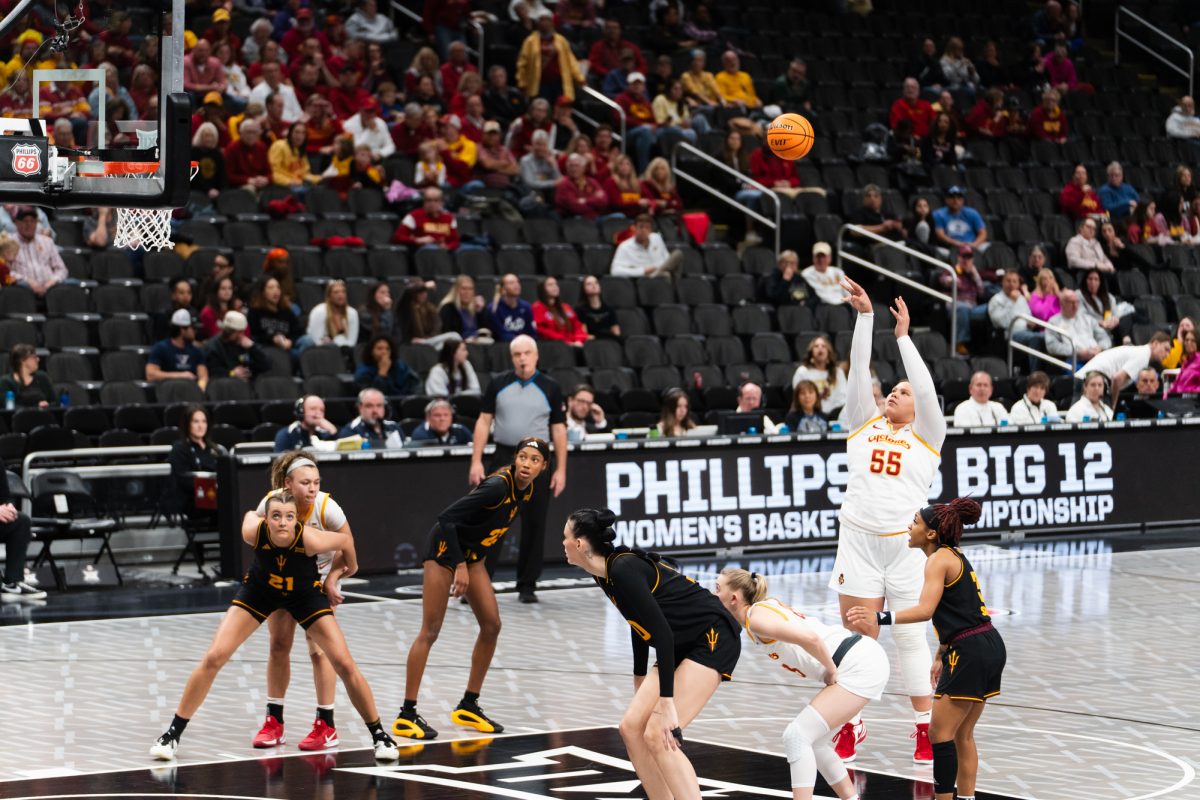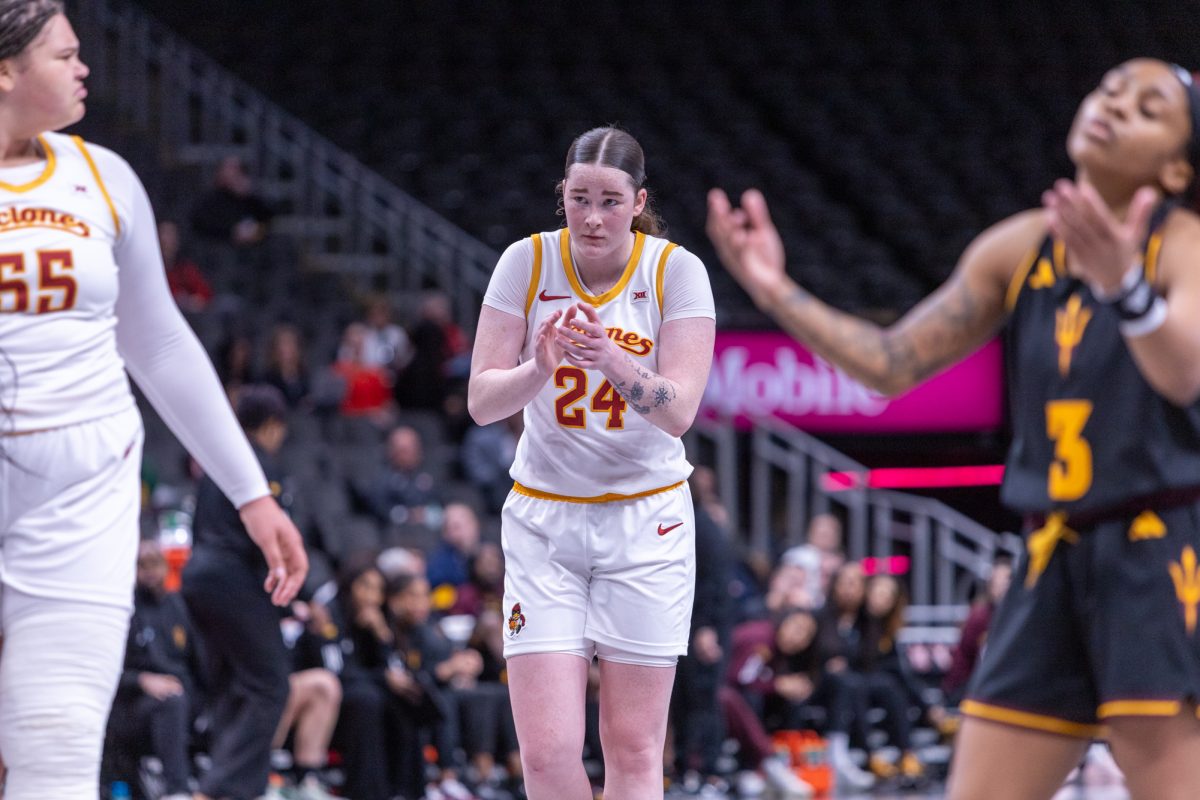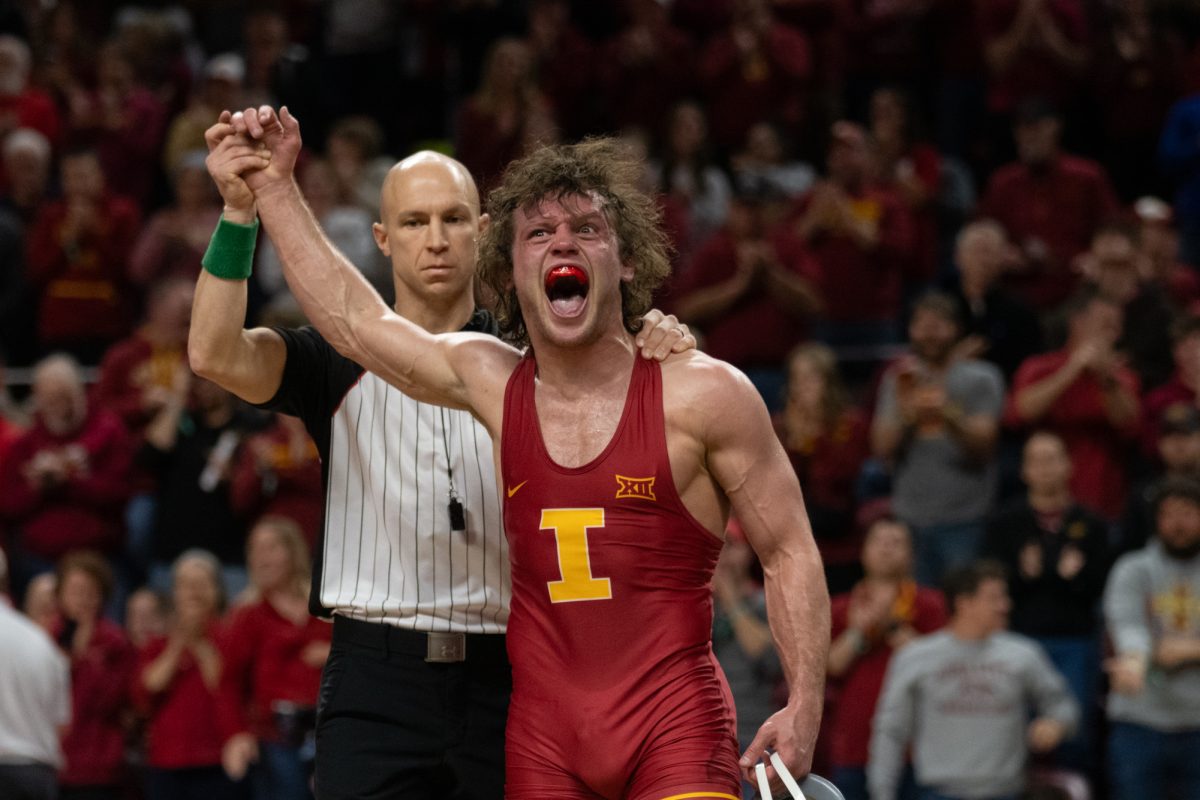Spann: The college decision of a predominantly white institution
September 20, 2020
When deciding where to apply to college, a student must look at three primary issues: affordability, proximity to home and, most importantly, the program of study.
But for some groups, they have a more extensive and complexified process in making this decision. These may include researching the racial disputes, social climates and community representation on campus.
Here at Iowa State, the pillars of community are respect, purpose, corporation, richness of diversity, freedom from discrimination and honest and respectful expression of ideas.
This, somehow, made the choice a wee-bit easier as a first-generation African American woman. The fact that I didn’t have anyone at home to talk to about things like application fees, financial aid, loan types, etc. made the process increasingly difficult.
All I knew was that I didn’t want to be yet another statistic as a Black woman who doesn’t attend higher education because of a lack of funds or who only goes because of governmental aid.
“Among full-time, full-year undergraduate students, 88 percent of Black students, 87 percent of American Indian/Alaska Native students and 82 percent of Hispanic students received grants in 2015 to 2016. These percentages were higher than the percentages for white (74 percent) and Asian (66 percent) students,” according to the National Center for Educational Statistics’ Indicator 22: Financial Aid.
Since I didn’t really have anyone to ask at home about certain college needs, I turned to the financial aid offices at each of the 11 universities I applied and got into. After narrowing down my list and getting feedback from the universities, I was left with two options, both being predominantly white.
I then turned to the bigger picture of their demographic breakdown, which yielded: “The enrolled student population at Iowa State University is 69.9 percent white, 5 percent Hispanic or Latino, 3.03 percent Asian, 2.63 percent Black or African American, 2.04 percent two or more races, 0.2 percent American Indian or Alaska Native and 0.0806 percent Native Hawaiian or Other Pacific Islanders,” from Data USA: Iowa State University.
I then realized that coming to this university would mean a cultural shock would ensue, coming from a culture bleeding of diversity to a predominantly white community. This revelation was terrifying because I knew of the social injustices of the world — my identity cultures me into this mindset — and could only wonder if that would transpire on campus.
In my almost three semesters here, I can say my fear was justified.
The ignorance I have encountered here has been alarming.
There should be a course that addresses human decency. A course that introduces people to unrepresented groups to avoid the formation of unwanted prejudice via ignorance or misinformation.
The course would help to calm the social climate, especially in the wake of recent events. This course curriculum should be formulated by student organizations like Students Against Racism, Multicultural Student Affairs and the Center for LGTBQIA+ Student Success. So take the time to educate yourself about people groups, their journeys and their impact on society. Do and be better.







